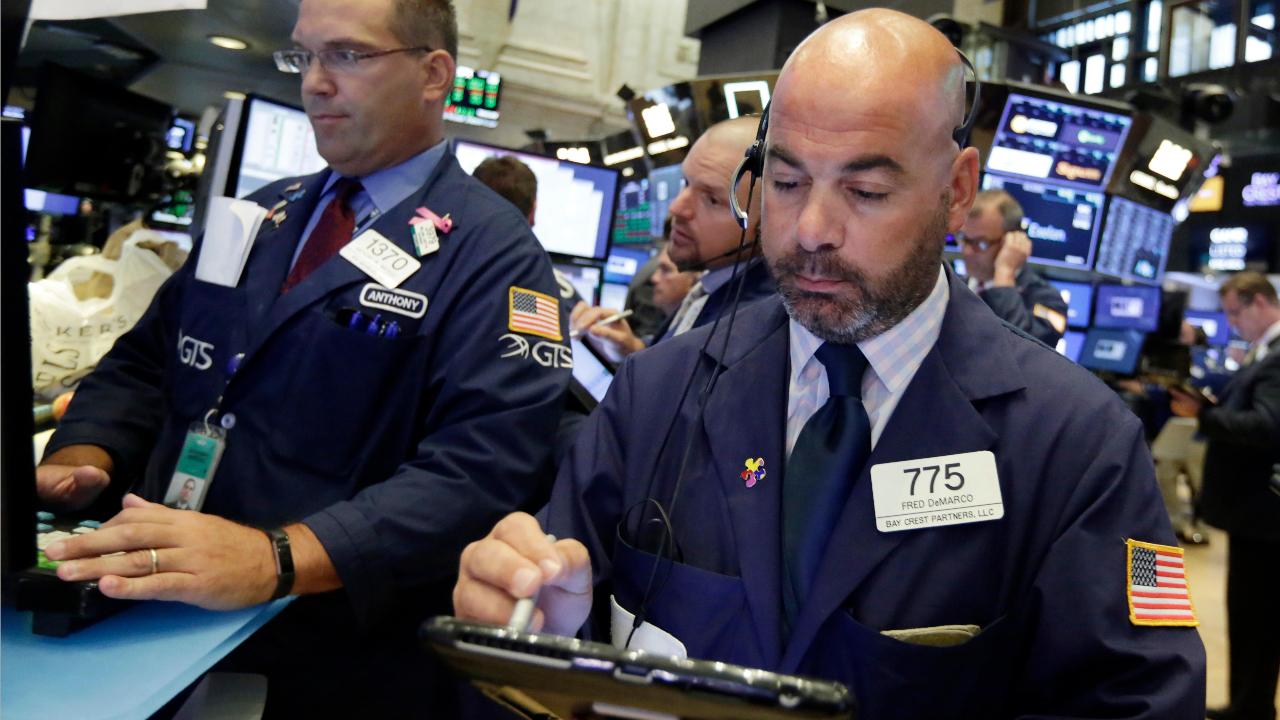Is Wall Street giving up on Snapchat?
Snapchat was flying high in early 2016, but now the once-popular messaging app is not only struggling to hang on to its users, but also Wall Street.
Shares of Snap Inc. fell more than 5 percent Thursday to below $8, an all-time low, after two Wall Street analysts cut their price target to $7 a share.
Citi’s Mark May maintains a “sell” rating on Snap with a price target lowered from $8 to $7, while Evercore ISI’s Anthony DiClemente maintains an “underperform” rating on the stock with a price target lowered from $9 to $7.
May cited several reasons for his bearish stance, including near-term worries related to executive departures, poor user trends, operating losses and “concerning third-quarter guidance.” He added that the social media platform may need to raise new capital over the next two years, if revenue growth continues to disappoint.
But even in spite of the recent downgrades, Snap was already hitting lows due to its drop in daily active users, which started late last year over its controversial redesign that wasn’t well-received by its users.
Shares have plunged more than 45 percent this year.
Another big factor in Snap’s fall from grace is that tough competition has really set in from Instagram, which is owned by Facebook. Instagram launched its own “Stories” feature in 2016, essentially mimicking Snapchat’s claim to fame.
DiClemente said he believes that Snapchat has not done enough to differentiate itself since Instagram’s update.
| Ticker | Security | Last | Change | Change % |
|---|---|---|---|---|
| SNAP | SNAP INC. | 11.61 | +0.01 | +0.13% |
Snapchat has gone from entertaining 191 million daily active users in the first quarter of this year to 188 million in the following period. May said he believes the daily active user base will continue to contract.
Lastly, turmoil in Snapchat’s executive suite hasn’t helped either. Last month, Imran Khan, the company’s chief strategy officer, announced plans to leave after three years. Khan now joins a growing list of executives that have left the company over the past year.
In May, both the chief financial officer and its top engineer exited the company, while its vice president of product announced his departure in January.
